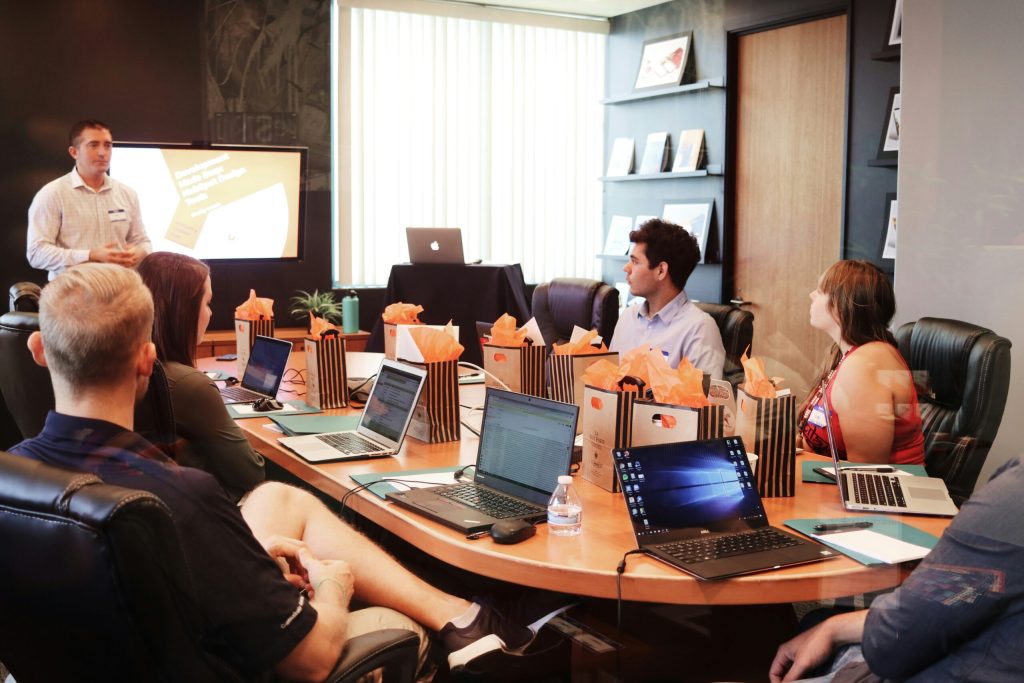Leadership, The Key To Change
After 15 years of helping companies lead people through change you’ll be unsurprised to know that we have created an approach to help organisations engage and lead people through a change, so that the business benefits are achieved. Today I want to focus on one action that we insist on implementing when meeting with potential clients who ask us to help them take people through change. It’s low tech and not revolutionary, but I guarantee that if you put it into practice you will be 100% more likely to achieve what you set out to.
Are you ready? Put simply, you must fully prepare line managers to lead and own the change before (at worst as you begin) you start the change process. I know it seems unorthodox to delay the start of a change, but if you don’t have your line managers, the people who are going to deal with those going through and implementing the change, signed up and supportive it will at best slow you down and at worst stop the change ever happening. If you don’t believe me I can personally share the stories of failed business changes I’ve heard and witnessed over the last 10 years at a leading insurance company, a telecoms company and a retail company. In each case a lack of line manager preparedness led to the change failing. In each case Executives blamed the managers for lack of engagement when in reality it was their fault. The Executives hadn’t spent the time, effort and resources to develop the skills and goodwill of the managers to ensure they were ready to lead and implement the change.
Managers are humans too and often must overcome their own misgivings and inertia for changes. We don’t necessarily want things to change, especially when we are comfortable with our way of doing things and are threatened with having to learn a whole new approach. This resistance to change is the first barrier to managers helping people through changes and must be overcome before they will be receptive to the skills and techniques needed to help others. That’s why we apply a three-stage approach to equipping line managers to lead through change.
First, Managers must have the right “mindset.” – they need to be able to understand their own response to change and learn to manage it. Second, they must have the right “skillset” – and be able to deal with people in an effective way. Third, they need the right “toolset” - and know how to use it.
To help them have the right mindset and give them the right skillset our coaches help line managers to become effective visionary and coaching leaders. This may sound a little mystical but it is quite practical. It’s about mobilising people toward a vision in times of change by stating the overall goal, providing clear direction and leading by example. When managers do this, they help people feel more motivated by making clear how their work fits into a larger vision for the organisation. Effective coaching managers listen to their people, build strong rapport and trust and help employees work out solutions for themselves. This is about encouraging growth and learning through change.
Taking some time to put this into place before beginning the change will mean the most important people through change will be ready, willing and able to lead their teams better. This is important because as we often hear, most change initiatives fail to yield the expected benefits and often this is down to failure of leadership – at every level.
To conclude, below are the key attributes we help managers to develop and the benefits they bring. Looking at them on paper, they seem obvious but after 15 years I find them to be rather rare.
| Visionary & Coaching key attributes | Benefits |
| Focus on how to set direction and decision making to mobilise the team into one cohesive group
Exhibits self-confidence, high energy levels and is approachable
Brilliant at two-way communication including feedback
Sets clear expectations & promotes learning and growth opportunities
Committed to organisational change and invites participation through risk taking and experimentation
Regular communicates the changes and how the team fits into the big picture
Has high emotional intelligence and self-awareness including empathy |
Increased levels of performance through greater clarity and focus and commitment to a common purpose
Sets an example and inspires others to perform
Gets people engaged and ensures understanding
High levels of personal responsibility
Higher levels of creativity, innovation and buy in
Opportunity to take stock during change and recognise progress and ensure that the team ‘get’ their role in the process.
Able to manage their own responses, spot and deal effectively with team issues before they become bigger problems |



